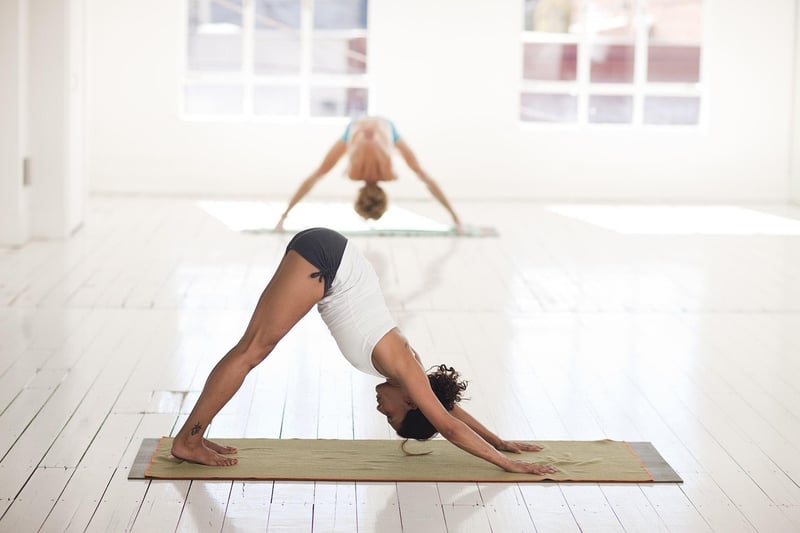Restorative practice
The Importance of Physical and Mental Balance in Restorative Practices
Restorative practices encompass a variety of activities that promote physical and mental well-being. Achieving a balance between these aspects is crucial for overall health and vitality. Let's explore why this equilibrium is essential and how you can incorporate it into your daily routine.
Why Balance is Key
Physical and mental health are interconnected, and one can significantly impact the other. When your body and mind are in harmony, you experience improved energy levels, better focus, and emotional stability. This equilibrium enhances your overall quality of life and resilience to stress.
Practical Tips for Achieving Balance
1. Mindful Movement
Engage in activities like yoga, tai chi, or walking to promote physical strength and mental clarity. These practices not only enhance flexibility and balance but also reduce stress and anxiety.

2. Mindfulness Meditation
Allocate time each day for mindfulness meditation to calm the mind, improve focus, and cultivate self-awareness. This practice can help reduce mental clutter and promote emotional well-being.

3. Healthy Nutrition
Eat a balanced diet rich in nutrients to support both your physical and mental health. Consuming whole foods, fruits, vegetables, and staying hydrated are essential for overall well-being.

Benefits of Restorative Practices
Integrating restorative practices into your routine can lead to improved sleep, reduced inflammation, enhanced immunity, and a greater sense of inner peace. By prioritizing physical and mental balance, you pave the way for a healthier and more fulfilling life.
Take the time to nurture both your body and mind through mindful practices and healthy habits. Remember, achieving equilibrium is a continuous journey that requires commitment and self-care.
Embrace the synergy between physical and mental well-being, and experience the transformative power of restorative practices in your daily life.
